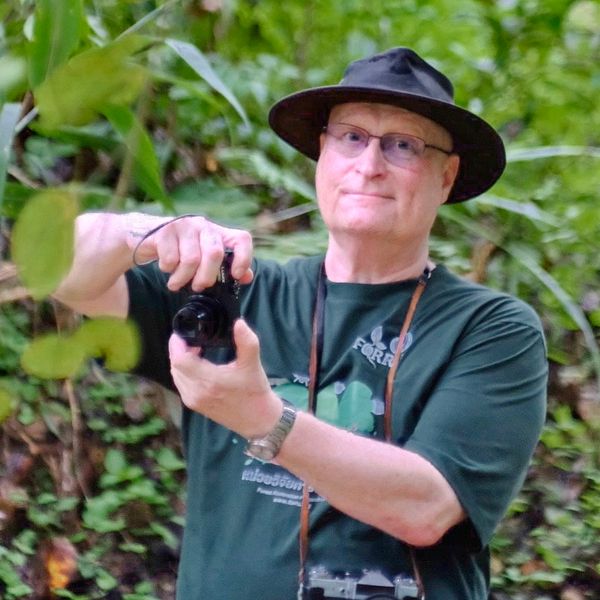Forest restoration planting in northern Thailand

Pakkad, G., S. Elliott, V. Anusarnsunthorn, C. James & D. Blakesley, 2002. Forest restoration planting in northern Thailand. Pp 143 – 153 in Koskela, S, S. Appanah, A. P. Anderson & M. D. Markopoulos (Eds.), Proceedings of the Southeast Asian Moving Workshop on Conservation, Management and Utilization of Forest Genetic Resources. FORSPA, Bangkok.
Deforestation is one of the most serious threats to biodiversity in developing countries. It causes floods, soil erosion and disease (owing to the loss of organisms that help to control vector populations), degrades watersheds and destroys wildlife habitats. Deforestation may extirpate populations and reduce genetic diversity within populations (Kanowski 1999). In northern Thailand, large areas in national parks and wildlife sanctuaries have been deforested. Government and non-governmental organizations and local communities must all be involved in the reforestation and restoration of these forests. Thailand’s forest cover was about 53% in 1950 (Bhumibhamon 1986), but is now 22.8% or 111,010km2 (FAO 1997). These figures, however, do not distinguish between plantations and natural forest. Thailand’s natural forest cover is unofficially estimated to be 20% (Leungaramsri & Rajesh 1992). The rate of forest loss peaked in 1977 and fell to its lowest level in 1989 when commercial logging was banned. National parks and wildlife sanctuaries cover 14.2% of the country but large areas of these are deforested and fragmented (Bontawee et al. 1995). Habitat loss affects plant species in many ways, for example by reducing population sizes, altering the density of reproductive individuals, reducing reproductive success, increasing isolation and reducing genetic diversity. Founder effects, genetic drift and restricted gene flow increase inbreeding, genetic isolation and divergence (Bawa 1994; Dayanandan et al. 1999; Rosane et al. 1999). Such processes may also influence the evolutionary potential of populations and species, particularly if adaptive genetic variation declines to a point where populations can no longer adapt to changing environmental conditions (Young et al. 1993).


